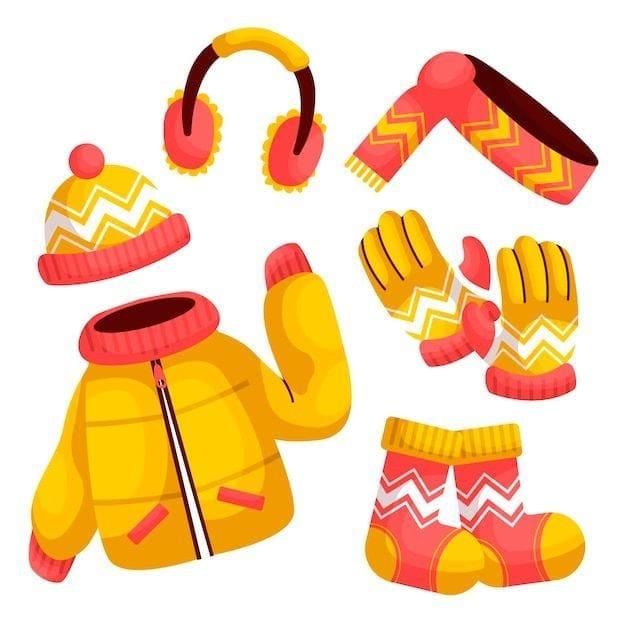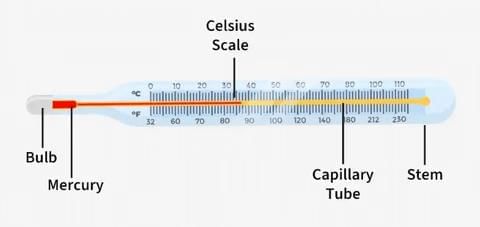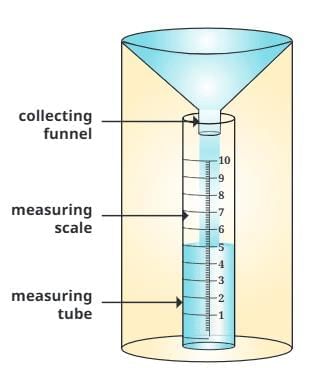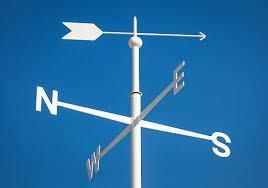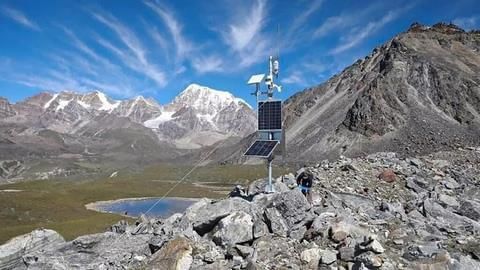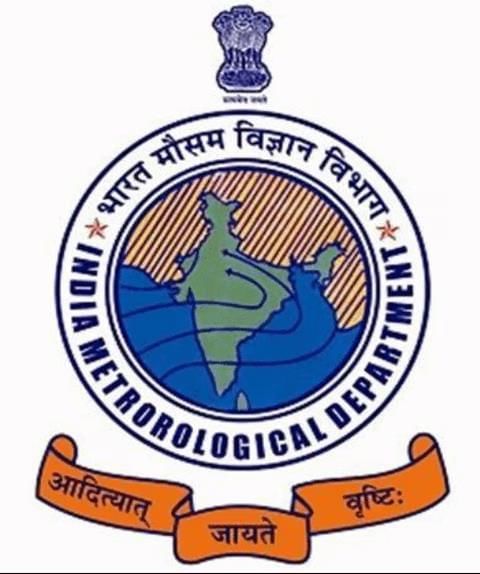Class 7 Social Science Chapter 2 Very Short Answer Questions - Understanding the Weather
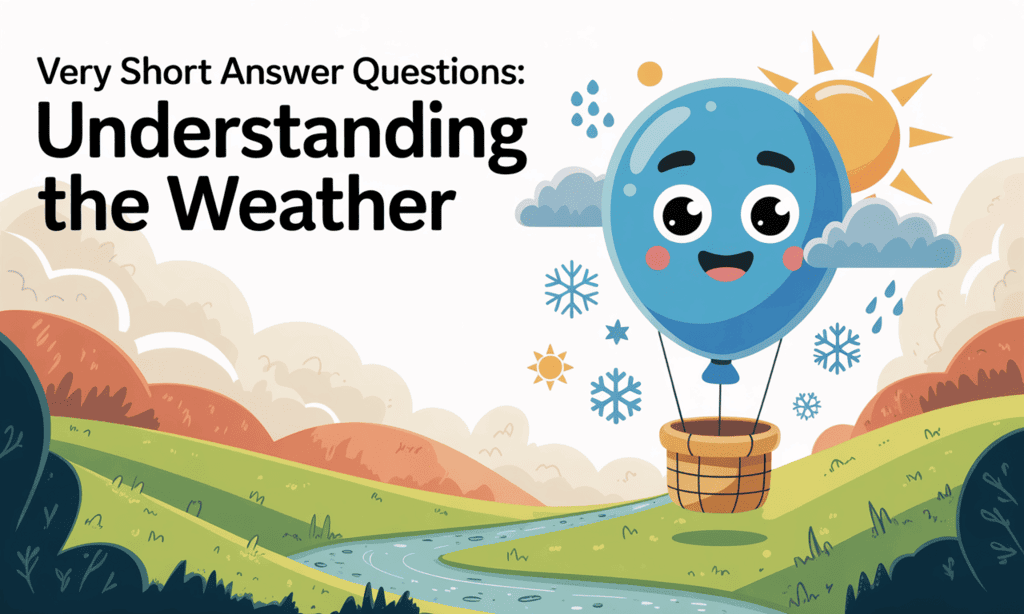
Q1: What is weather?
Ans: Weather is the condition of the Earth's atmosphere at a specific time and place.
Q2: Which layer of the atmosphere is responsible for all weather changes?
Ans: The troposphere is the layer where all weather changes occur.
Q3: How thick is the troposphere at the poles?
Ans: The troposphere is about 6 kilometers thick at the poles.
Troposphere
Q4: Why do people in different regions experience weather differently?
Ans: People experience weather differently depending on their regional temperature, humidity, rainfall, and seasonal patterns.
Q5: What type of clothes do people wear in winter?
Ans: People wear warm clothes during winter to protect themselves from the cold.
Q6: How did people in earlier times predict rain using nature?
Ans: People observed signs like clouds, wind direction, and animal behavior to predict rain.
Q7: Which instrument is used to measure temperature?
Ans: A thermometer is the instrument used to measure temperature. It indicates how hot or cold the air is.
Q8: What does a rain gauge measure?
Ans: A rain gauge measures the amount of rainfall in millimeters.
Q9: What does atmospheric pressure mean?
Ans: Atmospheric pressure is the weight of air pressing down on the Earth's surface.
Q10: Where is atmospheric pressure lower: mountains or sea coasts?
Ans: Atmospheric pressure is lower in mountains compared to sea coasts where air is thinner.
Q11: Which instrument is used to measure atmospheric pressure?
Ans: A barometer is used to measure atmospheric pressure in millibars.
Q12: What causes breathlessness at high altitudes?
Ans: Breathlessness at high altitudes is caused by thin air and low oxygen levels.
Q13: What is the normal atmospheric pressure at sea level?
Ans: The normal atmospheric pressure at sea level is about 1013 millibars.
Q14: What does an anemometer measure?
Ans: An anemometer measures the speed of the wind in kilometers per hour.
Anemometer
Q15: Which instrument tells the direction of the wind?
Ans: A wind vane shows the direction from which the wind is blowing.
Q16: Where is a wind sock commonly used?
Ans: A wind sock is commonly used at airports and industrial areas.
Q17: What is humidity?
Ans: Humidity is the amount of water vapor present in the air.
Q18: Which city has higher humidity, Kochi or Jaipur?
Ans: Kochi has higher humidity compared to Jaipur.
Q19: What happens to evaporation when humidity is high?
Ans: High humidity slows down the rate of evaporation.
Q20: Which instrument is used to measure humidity?
Ans: A hygrometer is used to measure the amount of humidity in the air.
Hygrometer
Q21: What is the range of relative humidity in dry weather?
Ans: Dry weather has a relative humidity between 20% to 40%.
Q22: How is snowfall measured in terms of precipitation?
Ans: Snowfall is measured by melting it first before using a rain gauge for accurate assessment.
Q23: What is the mean daily temperature formula?
Ans: Mean daily temperature is calculated by adding maximum and minimum temperature and dividing the sum by two.
Q24: What is an Automated Weather Station (AWS)?
Ans: An Automated Weather Station is a system that measures weather data using sensors without human help.
Q25: Who is responsible for issuing weather warnings in India?
Ans: The India Meteorological Department (IMD) is responsible for issuing weather warnings in India.
|
23 videos|204 docs|12 tests
|
FAQs on Class 7 Social Science Chapter 2 Very Short Answer Questions - Understanding the Weather
| 1. What topics are typically covered in Class 7 exams? |  |
| 2. How can I prepare effectively for my Class 7 exams? |  |
| 3. What are some important tips for managing exam stress? |  |
| 4. How is the grading system structured in Class 7? |  |
| 5. What resources can I use to find additional study materials for Class 7? |  |

